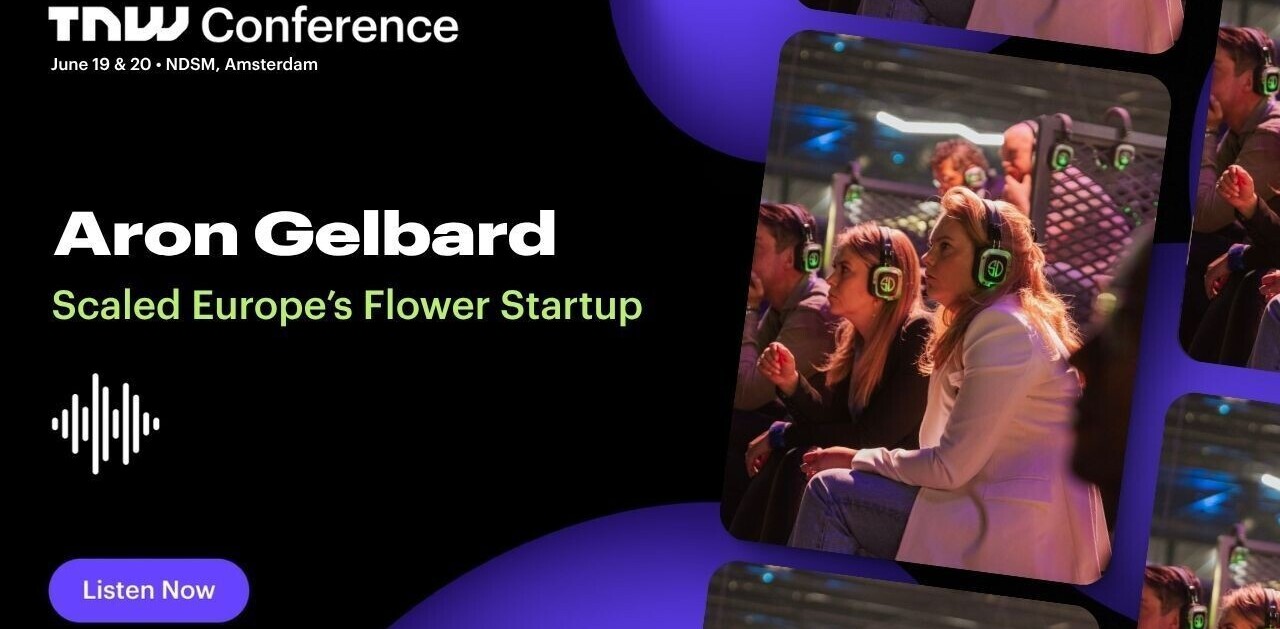
If your startup has an app, the fight for the user is a fun and creative process… but it’s also hard. App discovery doesn’t just happen on the app store; teams are competing for crafting the most compelling ads.
Creative ideas for advertising do not come out of thin air — it is a systematic process that can be decomposed into various methodologies. But let’s be honest, startup founders and teams don’t always have that many resources to spend on applying special methodologies.
Luckily, there are much simpler rules that will help filter out the bad ideas before spending the advertising budget. Our team has gone through the path of trial and error on the way to enjoy CTR and CPI metrics — and now it’s time to share.
So, what are the rules?
Rule #1: Brainstorm out of the box
First, discuss if you can outsource the brainstorming process. It may seem that an ad agency with apps promoting experience is the best solution, but that’s a tricky point.
If your technology is emerging, agencies may not yet have enough experience in promoting similar apps and no data to work with the target audience.
If your startup app is quite specific, the techniques used in advertising mobile games are often not suitable here. For example, an Edtech startup for kids should aim to show the educational value of the product. And this requires a very good understanding of the parent audience.
In such cases, the best solution is to create an in-house agency to brainstorm advertising content ideas. And here are the important pillars of in-house brainstorming:
Invite a diversified team — The more cross-functional the team for generating ideas, the better. In addition to the creative manager, graphic designer, and motion designer, involve customer care managers, marketers, copywriters, UA managers, and PR specialists in the process.
They will bring audience insights. If you are entering a new market, consult outside local experts. You will find out what kind of advertising is popular in that region or country and what cultural codes are worth applying.
Take care of remote employees — If you have a distributed team and some or all of your employees are working remotely, use online whiteboards to write down hypotheses and ideas.
The silent brainstorming format (where everyone writes down ideas anonymously) is also great. Involve remote and office employees in the process using one of the many anonymous form-filling tools.
Remember that your audience is your main source of ideas — Use knowledge of the audience’s pains after conducting a custdev interview. You can also keep track of the audience on social media by looking at what topics are the most popular and what comments do users leave.
Google trends, Twitter jokes, TikTok challenges, and Instagram memes will tell you what audiences are living in right now. Address the problems and trends you find in your ads.
Rule #2: Create the matrix of ideas and hypotheses
Make sure you have a broad matrix-shaped document with all the hypotheses and ideas the team comes up with. On half of it, put all the benefits of your product and app, and on the other half, list the main pains and needs of your target audience.
Both parts of the matrix should be grouped and related to each other. Grouping and connecting the different parts of the matrix is the body of future ads.
To fill the matrix with hypotheses, the 5 Why’s method works well. You need to ask the brainstormers five questions about the needs of the target audience, going deeper and deeper into the topic. For example, this is how it looks for the children’s learning app:
- Why does the mother want her child to learn to count?
- To get her child ready for school.
- Why is it so important for her to get her child ready for school?
- She wants them to be successful.
- Why does she want them to be successful?
- To allow them to pursue their dreams, fulfill their goals, make a difference in the world and maximize their potential of happiness.
As a result, each answer goes deeper and deeper into the target audience’s feelings. This is necessary to show in the ad exactly what the audience needs.
Rule #3: Filter ideas
While it is prohibited to criticize ideas during the brainstorming process, not all suggestions will be brilliantly appropriate. That’s okay. The more you filter ideas at this stage, the less of the advertising budget will be spent on mistakes.
To filter ideas, you have to sift through them and check if the idea is:
- Eye-catching — You have a couple of seconds to capture the user’s initial attention. Make sure your ad is different from the competitors and worth the time for the users to stay for more.
- Quick to implement — If the idea requires a long and complicated production run, it’s worth simplifying or postponing it until you have more resources.
- Does not contain any danger signs — These signs are different for each startup and audience. For example, a developer of children’s learning apps will not show an ad of a young child playing a tablet by himself and his mother drinking coffee and talking on a cell phone in the background because this image doesn’t show any positive interaction between the mother and the child in the learning process.
Rule #4: Give failed ideas a second chance
Let’s imagine that you came up with an idea, made an ad from this idea, and ran it. You expected to see hundreds of new installs, but the results are disappointing. What would you do?
The easiest way is to stop the ad, abandon it, and forget about it. But there is another way: make iterative changes to the ad content and test it again.
We had a case where we managed to reduce CPI significantly and increase CTR of the ads threefold because we didn’t discard the original idea when the ads showed bad metrics but instead adjusted it in several iterations.
Rule #5: Use the constructor method while testing
To save time when testing ads, try a technique my team calls the constructor method. The idea is that when you test a new hypothesis in a promotional video, you don’t have to create an entire new 15-second video from scratch.
Instead, place the new hypothesis in the first 5 seconds of the new video, and use the packshot and middle section from the ones you prepared earlier.
If you see that the hypothesis hooks the target audience, work on the development of the new middle part and the packshot. And then keep an eye on the metrics. In case of bad ones, refer to Rule #4.
After the ideas have been filtered
The brainstorming has come to an end, you’ve applied the five rules, and chosen the best ideas to implement. What do you do with the rest of the ideas?
You can store all your ideas and check on them from time to time. Organize everything into a separate folder or create another page in the matrix document.
One day, an old forgotten idea may be called on, expanded, and used — and you will thank yourself.
Get the TNW newsletter
Get the most important tech news in your inbox each week.




